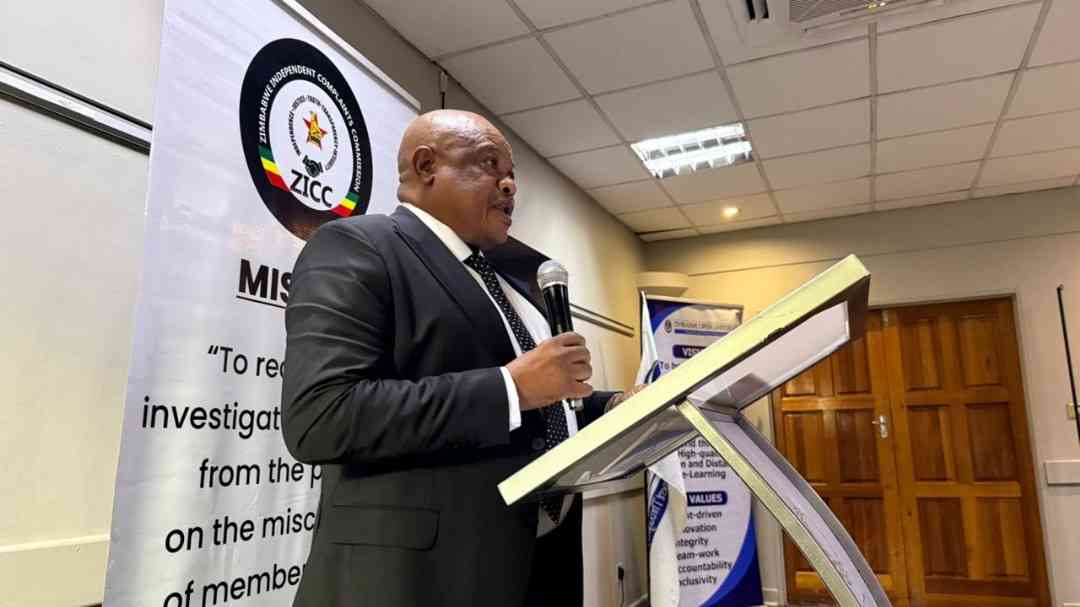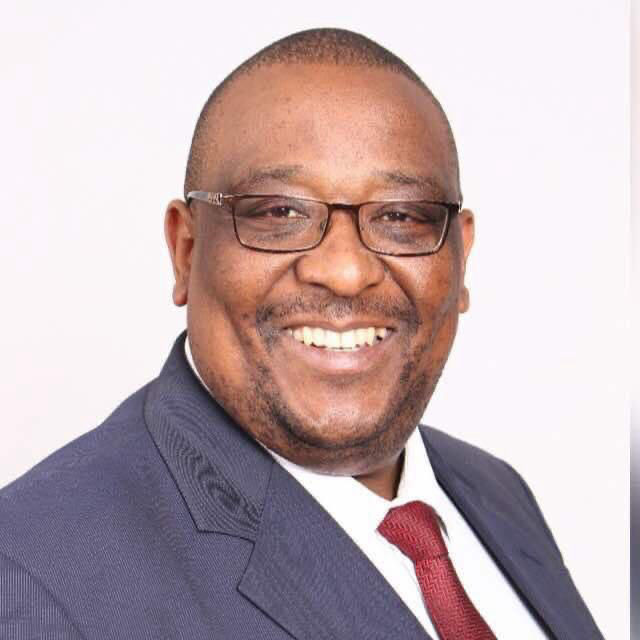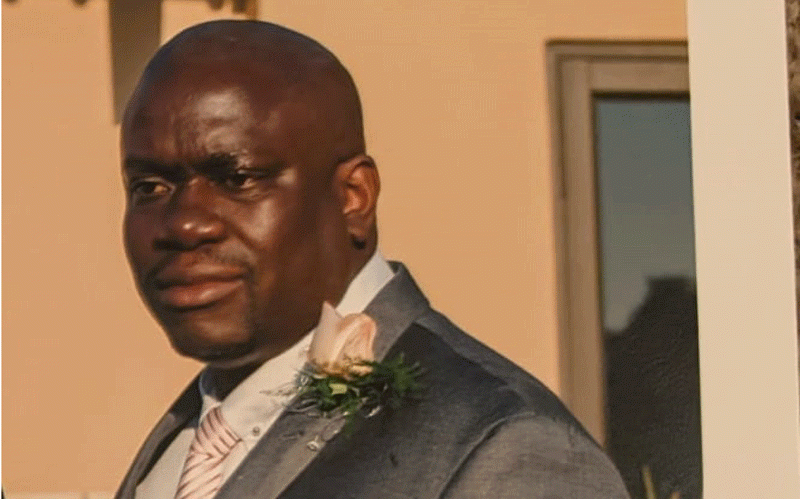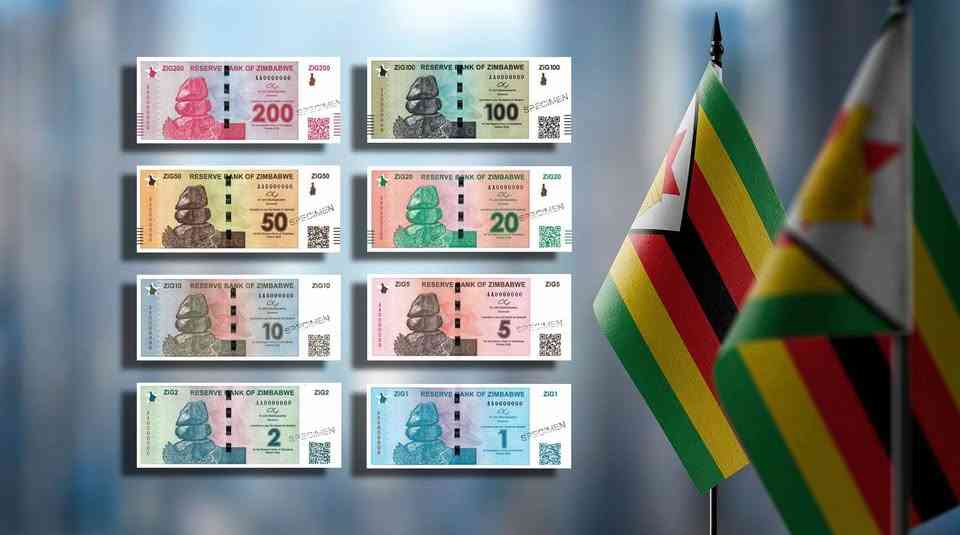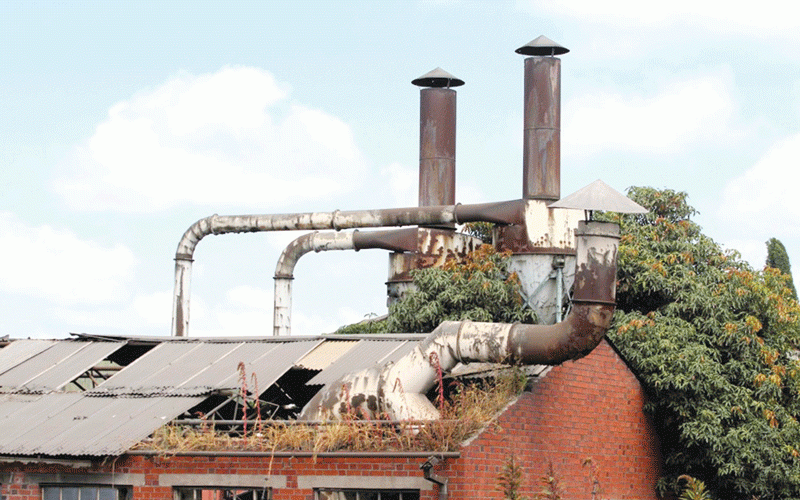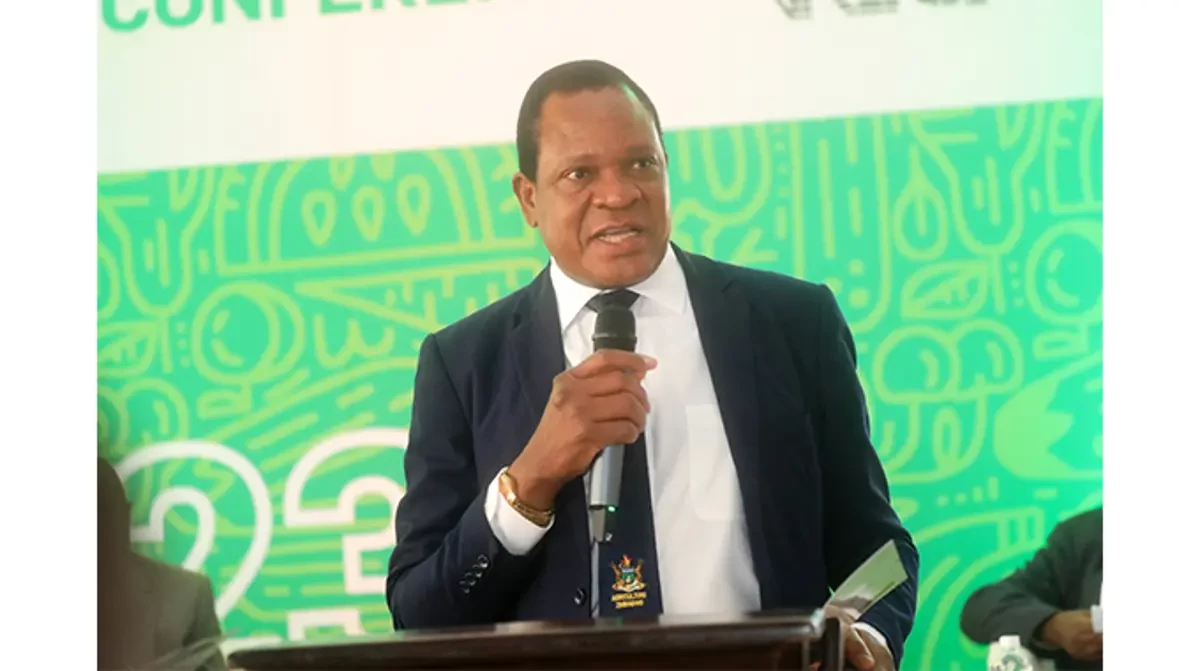
CRUCIAL deliberations held during last month’s Zimbabwe-Botswana Bi-National Commission (BNC) to resolve a protracted border dispute ended in deadlock, the Zimbabwe Independent can reveal.
The misunderstanding flared up after the two countries haggled over the correct positioning of a border beacon code-named BB-842. During a routine border verification exercise conducted last year, Botswana said the beacon was wrongly positioned.
But Zimbabwe has maintained its stance that based on the position of the beacon, the US$299,3 million Kazungula Bridge encroached into its territory.
The bridge, which runs across the Zambezi River, was constructed by Botswana and Zambia at a position where the three countries share borders. A series of high-level meetings held last year had also failed to resolve the impasse.
Lands, Agriculture, Fisheries, Water and Rural Development minister Anxious Masuka held a meeting with Botswana’s Land Management, Water and Sanitation Services minister Kefentse Mzwinila.
Masuka met Mzwinila in the presence of surveyor-general Edwin Guvaza at Kazungula in December to address the matter.
The Independent understands that the border issue took centre stage during deliberations held under the fourth session of the BNC last month.
Prior to commencement of BNC deliberations, President Emmerson Mnangagwa and Botswana’s Head of State, Mokgweetsi Masisi held private talks.
- Boustead Beef seeks to end CSC corporate rescue
- Unresolved land tenure dispute stifles Tongaat Hulett project
- NoViolet Bulawayo’s new novel is an instant Zimbabwean classic
- Jah Prayzah, Zanu PF rekindles ‘lost love’
Keep Reading
Guvaza said this week that after the BNC, which was presided over by Mnangagwa and Masisi, the border squabble remained a “pending issue”.
“It is being resolved,” Guvaza said.
“Remember there was the Bi-national Commission between Botswana and Zimbabwe recently as part of resolving the issue. This is a pending issue. You will know the end result. It is work in progress. It will be resolved.”
Guvaza referred other inquiries to the Ministry of Lands, Agriculture, Fisheries, Water and Rural Development.
The Independent wanted to understand the impact of the border dispute in the context of regional integration.
Questions posed to the Lands, Agriculture, Fisheries, Water and Rural Development permanent secretary Obert Jiri were referred to Guvaza.
“Good afternoon. Contact the surveyor general,” Jiri said.
This publication, as part of its running investigation, sought to understand the dynamics underpinning the utilisation of the Kazungula Bridge and how it was being administered in terms of revenue collection from users.
It has become a crucial trade corridor in the region.
The fourth session of the BNC, among other objectives was meant to explore ways on furthering Harare and Gaborone’s cooperation in various areas of mutual interest, including trade, security, investment and regional development.
During last month’s bilateral meeting, Foreign Affairs and International Trade minister Fredrick Shava said it was imperative for both countries to expedite efforts towards signing agreements on all outstanding issues.
“These candid discussions have afforded us the opportunity to attend to issues of implementation on all outstanding decisions in the various areas of our cooperation,” Shava was quoted saying.
“This has laid a solid foundation for the forthcoming deliberations between our Heads of State.”
Zimbabwe and Botswana, which share a border that stretches 841 kilometres from the tripoint with Zambia in the northwest, to the tripoint with South Africa in the southeast have struggled to curtail rampant livestock rustling that has affected farmers from both sides.
Last year, sources close to the vortex of the border dispute told this publication that: “Zimbabwe has made a strong case that the Kazungula bridge overlapped into its territory”.
“Botswana, based on its position that beacon BB842 is in the wrong position, refutes Zimbabwe’s claims,” a source knowledgeable of last year’s meetings between high-ranking officials from the two countries said.
On May 10 2021, Zambia’s president at the time, Edgar Lungu and Masisi commissioned the 923-metre Kazungula Bridge, which was partly financed from loans extended by the African Development Bank (AfDB), the Japanese International Cooperation Agency (Jica) and the EU-Africa Infrastructure Trust Fund.
The bridge, with two border facilities, is primarily meant to boost trade between both countries. According to the African Development Bank, it is also meant to enhance “transport along the North-South Corridor, and indeed the Trans-African Highway on the Cape to Cairo route”.
“The bridge also provides impetus to the recently launched African Continental Free Trade Area. The new Kazungula Bridge will be jointly owned by the governments of Zambia and Botswana and funded by toll fees,” a summary of the multi-million-dollar infrastructure project posted on the AfDB website on May 18, 2021 reads.
“The border post and access roads in each country will be owned by the respective governments, along with the newly formed Kazungula Bridge Authority.
“The entity will be responsible for operating and maintenance of the entire infrastructure.”
Mnangagwa, who also attended the unveiling of the bridge two years ago among other regional leaders, was quoted by State media suggesting that Botswana and Zambia had invited Zimbabwe to be a partner in the project.
Harare’s relations with Gaborone, which have largely been cordial, turned frosty around 2008 when Botswana’s former president Ian Khama openly criticised Zimbabwe’s late former leader Robert Mugabe’s rule.

